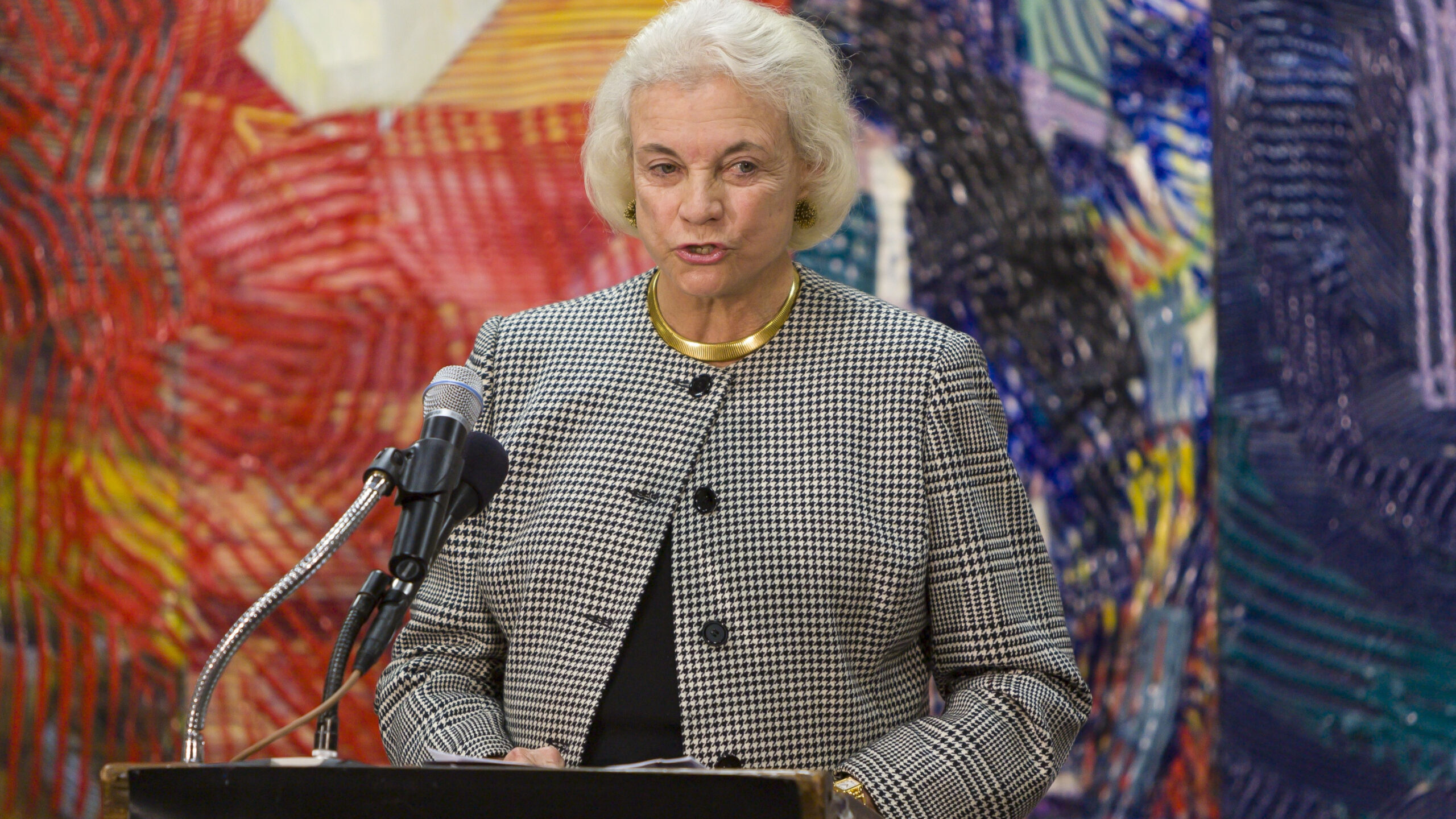The Copyright Office Report on Software-Enabled Consumer Products, Part II: Interoperability and Competition
Earlier this week, I discussed how the Copyright Office’s report on Software-Enabled Consumer Products did not adequately address the adverse impact of software licenses on noninfringing conduct. However, I commended the report’s discussion of interoperability. This post examines the report’s treatment of copyright and interoperability in more detail.
The report considered “whether the copyright law furthers or hinders development of interoperable products and services and competition in the arena of software-enabled products.” (The Copyright Office viewed software-enabled consumer products as consumer-grade devices in which software is embedded, such as kitchen appliances, cars, and wireless phones.) The Copyright Office stated that it “recognizes the importance of preserving the ability to develop products and services that can interoperate with the goal of preserving competition in the marketplace.” It concluded that existing law, properly applied, preserves the twin principles of interoperability and competition.
Section 102(b)
In its discussion of the idea/expression dichotomy, merger, and scenes a faire in the context of interoperability, the report observed that because 17 U.S.C. § 102(b) ensures that ideas or methods of operation embodied or described in computer code cannot be protected by copyright, “the Act does not prevent a competitor from studying code to determine the underlying methods it teaches, and from implementing those methods using different code than the original, to create an interoperable or competitive software-enabled consumer product.”
The report elaborated that “‘clean room’ implementations using exactly this process have long been used by the computer hardware and software industries to ensure the development of competitive products.” It provides the example of Phoenix Technologies, “which wanted to produce a new BIOS [Basic Input/Output System] for personal computers that was compatible with the BIOS produced by the dominant market player, IBM.” The report describes how one Phoenix team reverse engineered the IBM BIOS to develop a functional specification that described its operation without referencing its code. A second team that never had access to the IBM BIOS or its code then implemented the functional specification in original code. The resulting Phoenix BIOS operated identically to the IBM BIOS, but with different code. The report observed that “Phoenix began selling its BIOS to companies that then used it to create the first IBM-compatible PCs.”
The report concluded its discussion of the Phoenix BIOS by remarking that “as this example demonstrates, section 102(b) has served a critical function in preserving competition.” What was the BIOS and what was contained in its functional specification? The BIOS was Basic Input/Output System software that controlled communication between the peripherals (the keyboard, the printer, and the monitor) and the computer’s software (the operating system and application programs). Its functional specifications were its interface specifications—the rules by which the BIOS interacted with the peripherals and the other software. Through this example, the Copyright Office acknowledged that the BIOS’s interface specifications are not protectable under section 102(b).
In a footnote, the report noted that “several commenters urged that if a portion of computer code—such as an application programming interface, or API—is essential to achieve interoperability, that portion is unprotectable as a ‘system’ or ‘method of operation’ within the meaning of section 102(b).” The U.S. government, however, “has taken a contrary view in litigation before the Supreme Court,” i.e., the brief of the Solicitor General in opposition to cert. in the Oracle America v. Google case, discussed here. The Copyright Office dryly states that “this study does not provide the occasion to reconsider that position.”
At the same time, the report acknowledged that “even though computer code is considered expression, that expression may still be copied if it is subject to the limiting doctrines of merger or scenes a faire.” Accordingly, “these doctrines are a promising avenue to permit copying for the purposes of interoperability, at least in the narrow circumstances in which they apply.” In such cases, “the merger and scenes a faire doctrines will ensure that copyright law does not prevent a competitor from making identical software….”
In short, the Copyright Office recognized that interface specifications are not protectable under section 102(b). While it was not willing to state categorically that code (as opposed presumably to rules and individuals commands) necessary for interoperability was not protectable, it conceded that such code might not be protectable in specific cases under the merger or scenes a faire doctrines. Moreover, as discussed in the next section, the Copyright Office indicated that the fair use doctrine may permit the copying of such code in competing products.
Fair Use
The report declared that “courts repeatedly have used the fair use doctrine to permit copying necessary to enable the creation of interoperable software products.” In support of this declaration, the report discussed the decisions in Atari v. Nintendo, Sega v. Accolade, and Sony v. Connectix, where the courts found that fair use excused the copying performed during the course of reverse engineering. The report concluded that “the case law generally holds that intermediate copying for purposes of reverse engineering and creation of interoperable products is, in most cases, a fair use.”
The report then considered whether fair use might allow “a competitor copying the relevant code into its own product.” The report stated that “the Office believes that, in many cases, copying of appropriately limited amounts of code from one software-enabled product into a competitive one for purposes of compatibility and interoperability should also be found to be a fair use.”
The report then outlined general points regarding the fair use analysis in the context of reproducing the code in competitive products. With respect to the first fair use factor, the purpose and character of the use, the report stated that “the commercial nature of the use is not a bar to a finding of fair use.” Instead, it is more important to focus on whether the use is principally for the purpose of exploiting the creativity of the original author for some purpose unrelated to copyright protection, such as interoperability. Under this analysis, “in some cases, even literal copying of code may be favored, if the purpose is simply to permit functionality of a software-enabled device, and not to exploit the creativity of the original author.” The Copyright Office stressed that in the section 1201 triennial rulemaking process, it has repeatedly has recognized that “interoperability is a favored purpose under the first fair use factor.”
The report noted that “courts also favor software interoperability when considering the second fair use factor,” the nature of the copyrighted work. “Works that are functional—like software embedded in and critical to the functioning of a consumer product—are entitled to lesser protection under the Copyright Act.”
The third factor, the amount and substantiality of the portion used, is “unlikely to be of significant relevance, where the other factors point in favor of fair use.”
Regarding the fourth factor, the effect on the market or potential market for or value of the work, the report emphasized that “there will not be a market for the software separate and apart from the consumer product. In such cases, the fourth factor is likely to favor fair use.” Moreover, “the fourth factor also is likely to favor fair use where the purpose of the use is to create a “legitimate competitor in the market.”
The report concluded its discussion of fair use by stating that “proper application of these principles should ensure that copyright law preserves the ability to create interoperable products and services.” In support of this statement, the report quoted the Ninth Circuit in Sega v. Accolade stating that “an attempt to monopolize the market bet making it impossible for others to compete runs counter to the statutory purpose of promoting creative expression and cannot constitute a strong equitable basis for resisting the invocation of the fair use doctrine.”
Misuse
The report, reflecting comments submitted by CCIA, recognized the doctrine of copyright misuse “as a potential means of ensuring that copyright protection for embedded software is not used for anticompetitive purposes.” The report reviewed the Fifth Circuit’s decision in DSC Communications v. DGI Technologies, which found that a dominant firm’s attempt to prevent the copying of its operating system in the course of defendant’s testing of a competing product constituted copyright misuse. The report closed its discussion of interoperability by stating that cases like DSC “pave a path for a misuse defense to prevent anticompetitive behavior regarding copyright in embedded software.”
Conclusion
The report’s detailed discussion of copyright and interoperability will be helpful outside of the context of software-enabled consumer products. In particular, its fair use analysis regarding the copying of code weighs in favor of Federal Circuit affirmance of the jury’s fair use finding in Oracle America v. Google, discussed here and here.








